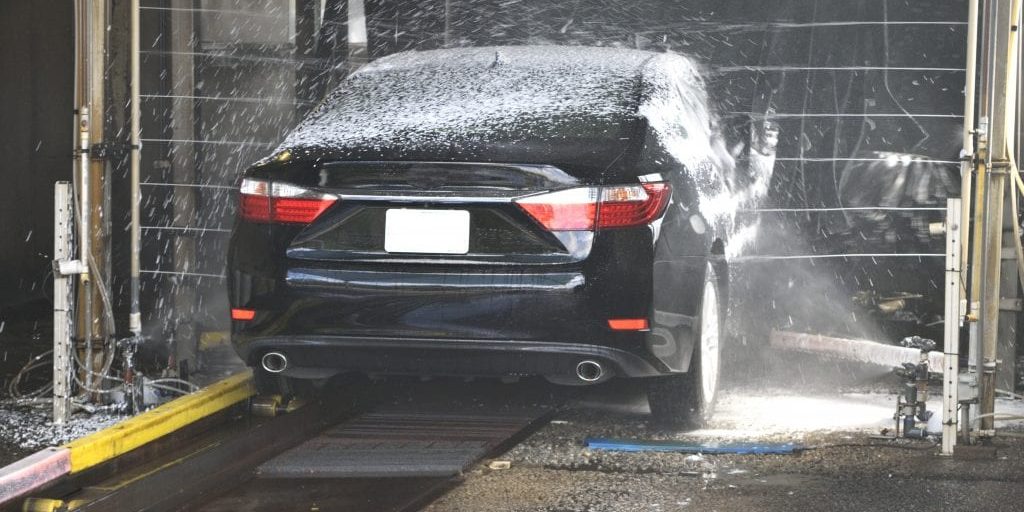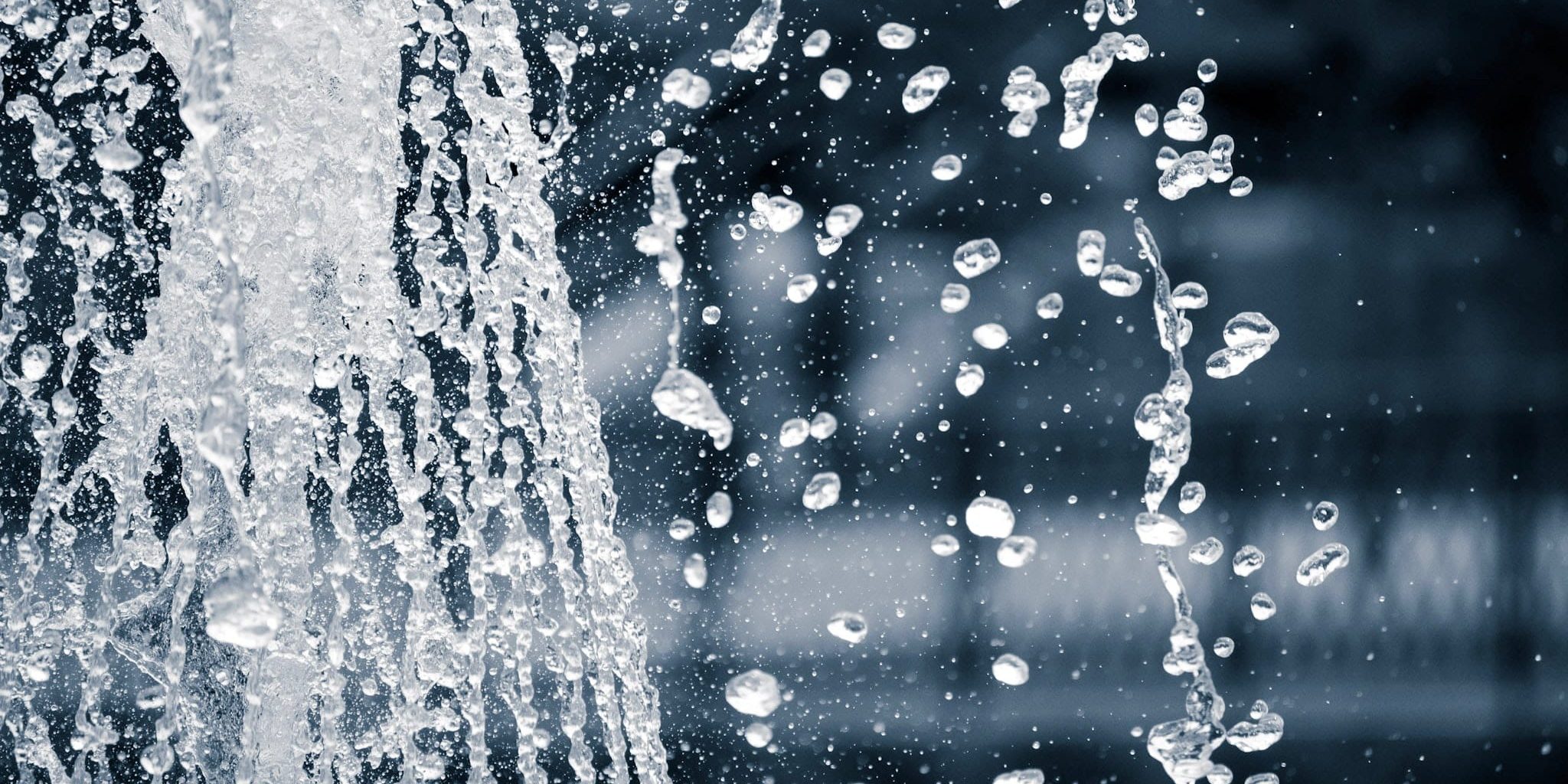The Dirty Truth
Car washing is an integral part of vehicle maintenance. Car washing at home, however, can substantially affect the water quality of our local rivers, streams, lakes, and ponds.
In hosing away soapy water each time you wash your car (typically 120 gallons for each wash), this waste water most often flows down the driveway or across the parking lot directly into street storm drains that are connected to local waterways. Soapy water, no matter the dilution, has a devastating impact on aquatic wildlife. Detergents, even biodegradable ones, can damage fish's mucus membranes and gills and wash away natural oils that help them absorb oxygen. Other substances in these wash waters include oils, grease, heavy metals, particulates from vehicle exhaust emissions and brake linings.
With an estimated 240,000 personal vehicles in the Pioneer Valley, home car washing is a big contributor to poor water quality. Luckily, there are ways for us to have clean cars and clean rivers, too.
DID YOU KNOW?
240,000
PERSONAL VEHICLES IN PIONEER VALLEY
120 GALLONS
PER CAR PER WASH AT HOME

SOAPS
DAMAGE FISH AND OTHER AQUATIC CREATURES

Do the right thing
With a little forethought, we can keep both our cars and our rivers just a little bit cleaner every year.

USE A COMMERCIAL WASH FACILITY
Get your car washed at a commercial car wash facility. These businesses drain their used water to sanitary sewers, so the water flows through the local wastewater treatment plant instead of directly into the river.

IF YOU MUST WASH YOUR CAR AT HOME
If you must wash at home, park your vehicle on grass or another permeable area where the water will have a chance to soak into the ground instead of flowing into a storm drain.

Choose soaps, cleaners or detergents labeled phosphate free and biodegradable. Vegetable or citrus-based soaps are the safest products. And dump your bucket of soapy water out into a sink or toilet, which will take it through the wastewater treatment plant.
